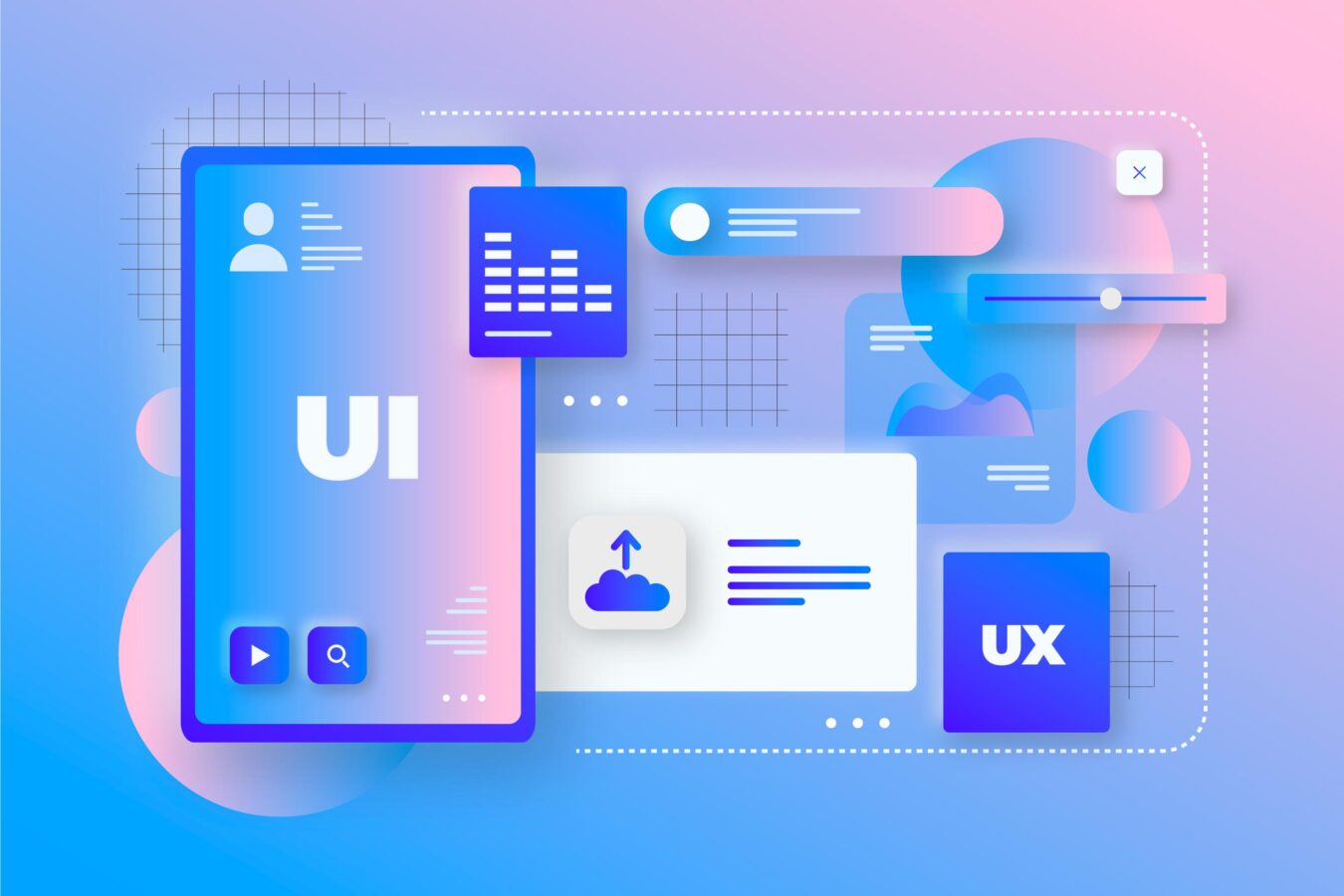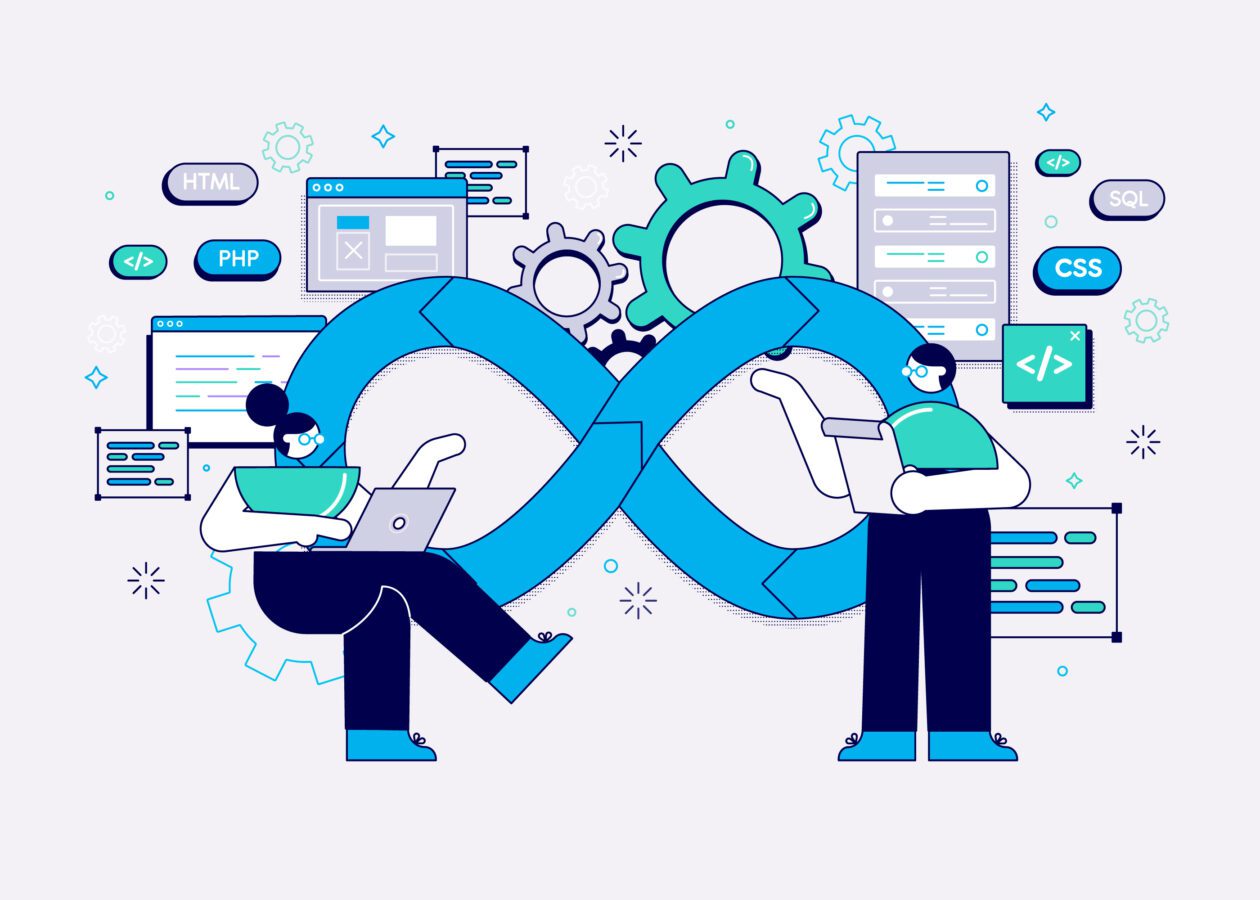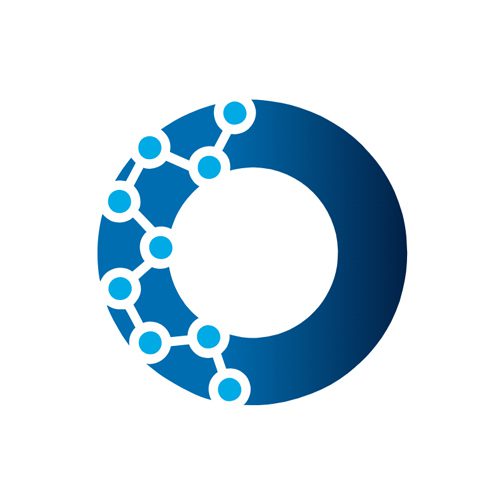With so many competitors just a click away, your website must be 100 percent perfect to ensure users love interacting with your products. While making mistakes is part of a web development process, certain common errors can be easily avoided with prior knowledge.
Looking to create an ideal website to enhance usability and increase conversion rate? This blog encompasses some of the common web design mistakes that can severely impact your website.
Most common web design mistakes to avoid
Without further ado, let’s dig into some of the well-known user interface (UI) and user experience (UI) design mistakes and errors you should avoid as a web designer to make a great first impression and perform conversion rate optimization:
1) Poor responsiveness:
A responsive web design automatically adjusts to fit the device it’s being viewed on, providing an optimal experience for users. Without responsiveness, users on mobile devices may encounter a chaotic layout, small text, and difficult navigation. This leads to frustration, increased bounce rates, and a loss in potential conversions.
To avoid this flaw, implement a mobile-first design approach, use flexible grids, and test your website across different devices to ensure a seamless user experience.
2) No attention paid to accessibility:
Not everyone visiting your website is guaranteed to be physically and mentally fit. Accessibility ensures that your website can be used by individuals with disabilities, including those who use assistive technologies. Ignoring accessibility can exclude a significant portion of your audience and may also result in legal repercussions.
You can improve accessibility by following the Web Content Accessibility Guidelines (WCAG), using alt text for images, providing transcripts for video content, using and ensuring your site can be navigated with a keyboard.
3) Complex design:
Imagine navigating a website that is too complicated to even understand the hierarchy. While attention to detail is important, overly complex designs can overwhelm users, making it hard to locate information or complete tasks. This can lead to poor user experience and reduce the time visitors spend on the site.
To avoid such levels of complexity, try to prioritize simplicity and clarity in your design. Use whitespace effectively, keep layouts clean, and focus on the essentials to guide users to their desired actions.
4) Lack of proper information:
Users primarily visit websites seeking information about your product. If they can’t find what they’re looking for, they’ll leave sooner than you can imagine. A lack of information can damage credibility and trust.
Therefore, you must ensure that key information is easily accessible and clearly presented. Provide detailed descriptions of your products or services, include FAQ sections, and make contact information prominent.
5) Inconsistent font size and style:
Consistency in font size and style is crucial for readability and brand identity. Inconsistency can confuse visitors and make your site look unprofessional. To maintain consistency across various web pages, you must establish a typographic hierarchy using a limited set of fonts and sizes that align with your brand and ensure legibility across all devices.
6) Improper color combinations:
The use of colors on a website is more important than it sounds. Color can influence mood and behavior and can impact the time visitors spend on your website. Conversely, improper combinations can lead to visual discomfort or make content unreadable.
To avoid this scenario, use a color palette that reflects your brand and ensures sufficient contrast between text and background colors. Tools like color contrast checkers can help test your palette for accessibility and readability.
7) Too prominent external links:
While external links can provide additional value, making them too prominent can lead to users leaving your site prematurely. Manage external links wisely by ensuring they open in new tabs and don’t distract from your primary content. Use them sparingly and consider their placement carefully.
8) Inadequate security measures:
Nowadays, cyberattacks are on the rise, with the increased importance attributed to software applications. Security is paramount in protecting both your website and your users’ data. Neglecting security can lead to data breaches and loss of trust.
Consequently, it is important to implement security best practices like SSL encryption, regular updates to software and plugins, and secure password policies. Also, educate your team on security awareness to prevent common vulnerabilities.
9) No call to action (CTA):
A CTA guides users to the next step and is essential for converting visitors into customers. Without a clear CTA, users may not know how to proceed, resulting in missed opportunities. To craft effective CTAs, use action-oriented language, make them visually distinct, and place them strategically throughout your website.
10) Complicated navigation:
Needless to say, website navigation should be simplistic and intuitive. Complicated navigation confuses users and hampers the ability to find information, leading to frustration. To ensure easy navigation, organize content logically, use clear labels, and include a search function. Moreover, conduct regular tests to identify and fix any layout issues when it comes to website navigation.
Significance of web design for developers and users
In the digital age, a website is often the first point of contact between a business and its potential customers. The significance of consistent web design in today’s day and age cannot be overstated, as it impacts not only user experience but also search engine rankings.
A well-designed website ensures that visitors can navigate with ease, find information quickly, and take action without frustration. This positive interaction creates trust and increases the likelihood of converting visitors into customers. Not to mention that responsiveness and mobile-friendliness of a website are also extremely critical in today’s mobile-first era.
Moreover, search engines prioritize websites that provide a smooth user experience, which includes mobile responsiveness, fast loading times, and accessible content. As such, web design directly influences a site’s SEO performance; a poorly designed website can slip through the search rankings, becoming invisible to the target audience.
Therefore, businesses, and most importantly designers, must avoid common design mistakes to stay competitive, ensure online visibility, and engage effectively with their audience in the ever-evolving digital landscape.
Most common web redesign mistakes to avoid
To prevent losing out on possible clients, I have compiled a list of common design pitfalls to avoid in the web redesign process:
1. Insufficient testing:
Redesigns must be rigorously tested for usability issues, broken links, and bugs. Insufficient testing leads to a flawed user experience and potential loss of credibility. Before a redesign goes live, conduct thorough testing across all browsers and devices and collect user feedback to ensure a smooth transition.
2. Improper functionality:
A redesign that introduces functionality problems can frustrate users and decrease efficiency. Ensure that all features work as intended by testing them in real-world scenarios. Regularly update and maintain these features to prevent any degradation in performance that could drive users away.
3. Lack of attention to SEO:
Neglecting SEO (Search Engine Optimization) during a redesign can result in a loss of rankings and traffic. Therefore, you must preserve your SEO by maintaining URL structures where possible, implementing 301 redirects for changed URLs, and ensuring all on-page SEO elements are optimized to meet current best practices.
4. Non mobile-friendly website:
With the increasing prevalence of mobile browsing, a redesign that isn’t mobile-friendly alienates a large user base. Ensure your redesign includes a responsive design that adapts to various screen sizes, offers touch-friendly navigation, and loads quickly on mobile networks to cater to on-the-go users.
Choose Ropstam Solutions for your next Web design and development project
To make the most of your website, it is important to follow a certain set of guidelines and prevent certain mistakes. You must avoid the common blunders outlined here to ensure that your efforts, resources, and time allocated to the web project are not wasted.
With a team of skilled web developers, Ropstam Solutions boasts an impeccable record in the region when it comes to website development without any prevalent errors. If you have a relevant project, don’t hesitate to contact us today.















